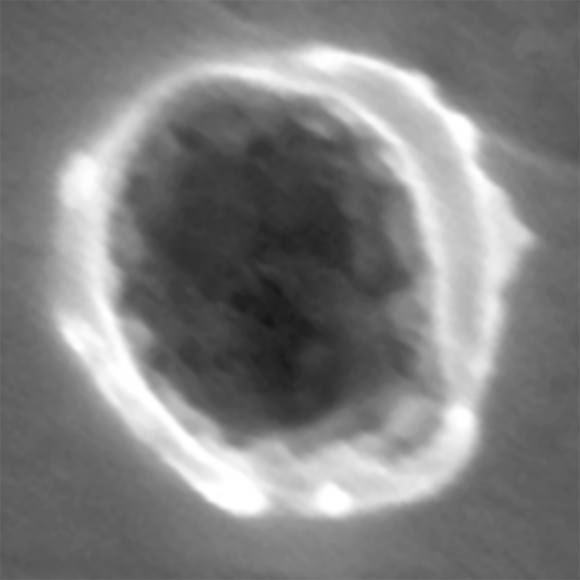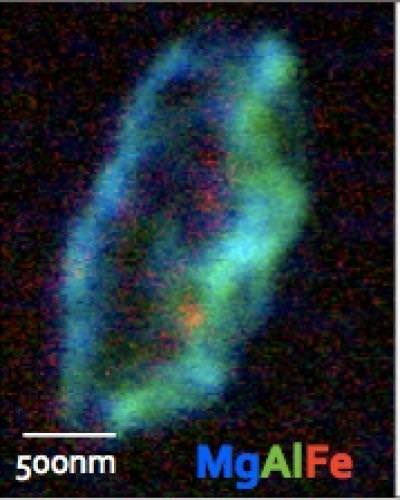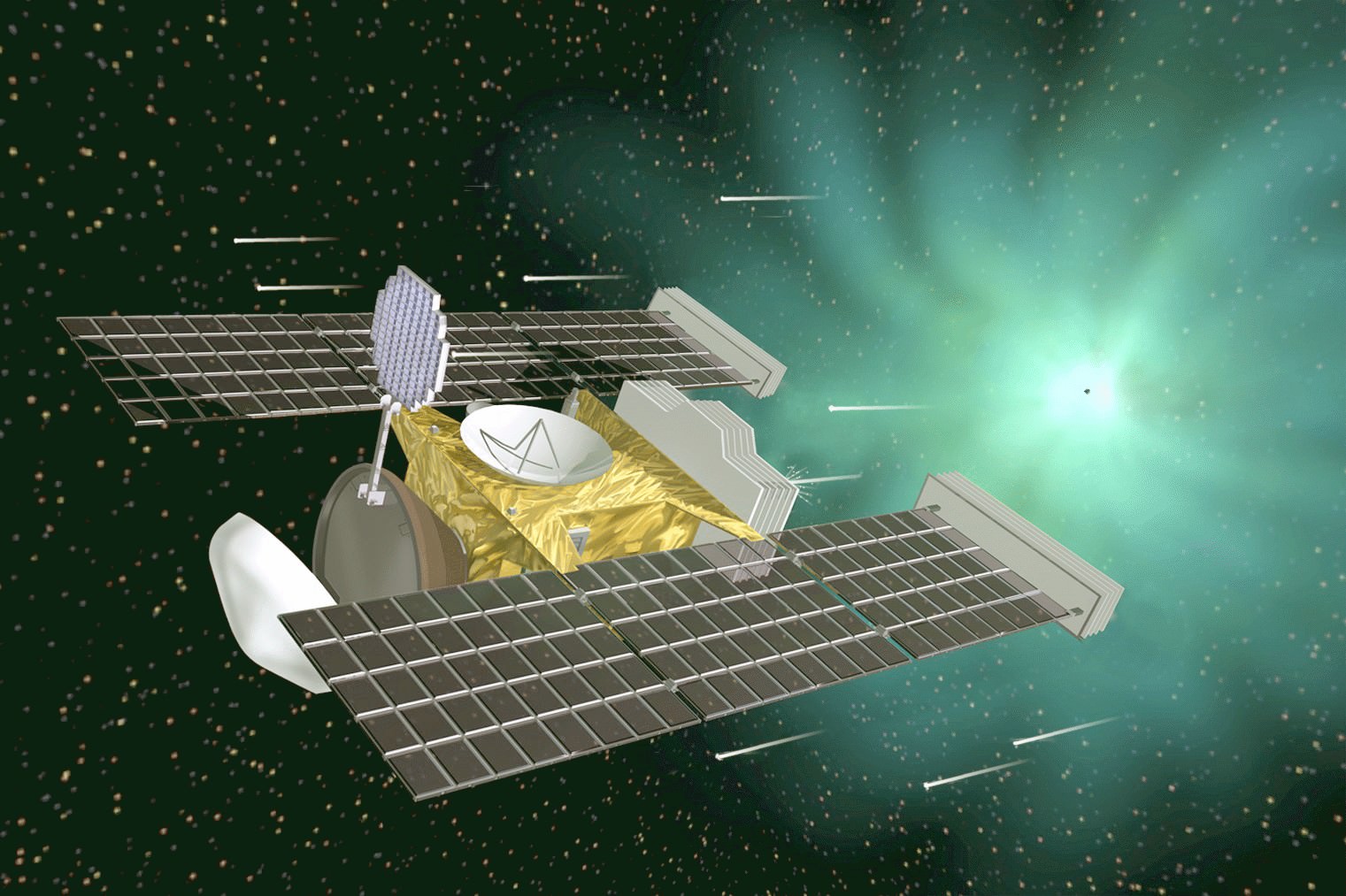If the scientists are right, a NASA spacecraft brought stuff from outside the solar system back to Earth. The Stardust spacecraft, which was originally tasked with chasing after Comet Wild 2, brought our planet seven grains that look fluffier than expected.
While the scientists say that more tests are needed to determine these particles originated from outside the solar system, they are confident enough to publish a paper on the findings today.
“They are very precious particles,” stated Andrew Westphal, a physicist at the University of California, Berkeley’s space sciences laboratory who led 65 co-authors who created a paper on the research.
What’s more, the findings came with a big assist from volunteers who participated in a crowdsourced project to look at dust tracks in Stardust’s aerogel detector.
The Stardust spacecraft was launched in February 1999 to gather samples of Comet Wild 2 and return them to our planet. Stardust also attempted to collect interstellar dust twice in 2000 and 2002 for 195 days. Its mission was extended in 2011 to look at Comet Tempel-1, the comet that Deep Impact crashed into.
The sample return capsule, however, separated from the spacecraft in January 2006 as planned while Stardust flew by our planet, landing safely on Earth. Comet samples and interstellar samples were stored separately. Scientists then began the work of seeing what the spacecraft had picked up.

Here’s where the volunteers came in. These people, who called themselves “Dusters”, participated in a project called Stardust@home that put more than a million images online for people to examine.
Three particles, dubbed “Orion”, “Hylabrook” and “Sorok”, were found in the aerogel detectors after volunteers discovered their tracks. (Many more tracks were discovered, but only a handful led to dust. Also, 100 tracks and about half of the 132 aerogel panels still need to be analyzed.)
Four more particles were tracked down in aluminum foils between the aerogel tiles. That wasn’t originally where they were supposed to be collectors, but despite their “splatted” and melted appearance there was enough left for scientists to analyze. (About 95% of the foils still need to be examined.)

So what did the scientists see? They describe the particles as fluffy, sometimes appearing to come from a mix of particles. The largest ones included crystalline material called olivine (a magnesium-iron-silicate). More testing is planned to see what their abundances of different types of oxygen are, which could help better understand where they came from.
Additionally, three of the foil particles had sulfur compounds, which is controversial because some astronomers believe that isn’t possible in interstellar dust particles.
The research was published in the journal Science. Twelve more papers on Stardust will be published in Meteoritics & Planetary Science.
Sources: University of California – Berkeley


The “Genesis mission”, unfortunately, was partly successful for returning to home… It can be said same thing for “dust collection” part of the “Stardust mission”, also… Scientists/Engineers are suppose to be more careful for designing/testing new missions…
Not sure what you mean, but I’ve been under the impression that Stardust is considered to be a very successfull mission.
It crashed on Earth and got contaminated because the capsule cracked open in the sand.
This sort of thing makes me think how good we are at preventing the reverse option…such as taking Earth material or contaminants to Mars or Titan for instance???
I mean how clean can our probes really be???